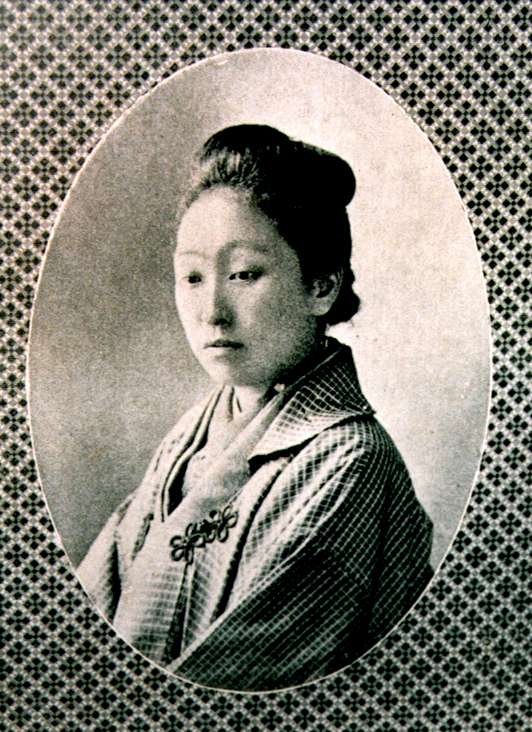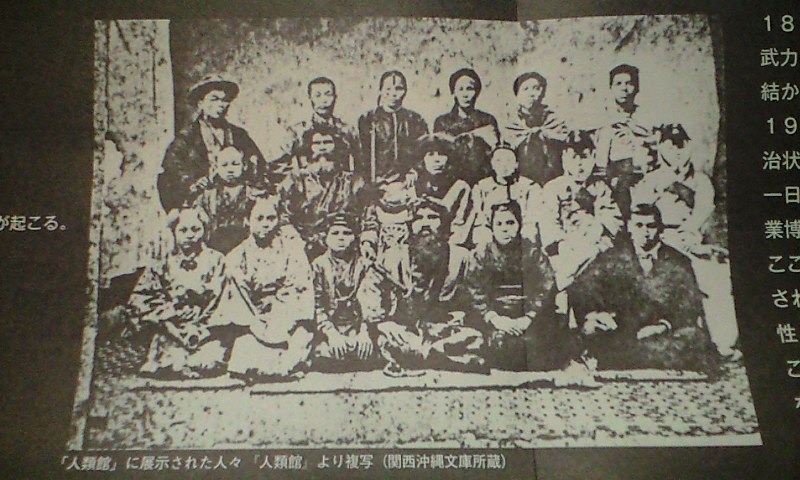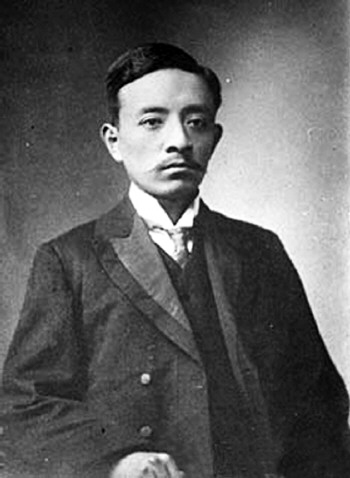
Social Relations
Shimei Futabatei and Bronisław Piłsudski
Activities
Of all Bronisław Piłsudski’s Japanese acquaintances, undoubtedly the one who played the greatest role was Shimei Futabatei (1864-1909), known by his literary pseudonym. His actual name was Tatsunosuke Hasegawa. Piłsudski most often referred to him as “Hasegava” or “Hasiegava” (the latter notation was apparently influenced by the Russian transcription Хасегава.
He was an extremely interesting person. Two years younger than Piłsudski, he graduated with a degree in Russian studies at the renowned Tokyo School of Foreign Studies (TUFS) and worked as a journalist and writer. By the time they met in Tokyo, he had already became famous for his then experimental novel Ukigumo (Flowing Cloud) written in spoken language (rather than classical, as had been the practice up to that point). Its content is a portrayal of the different characters of four friends living in the late 19th century, and somehow affected by the disease of that period – a sense of uprooting and uncertainty about what choices to make. His name was well known, especially since he translated from Russian the works of Turgenev, Gogol, Garshin, Andreyev, and Gorky, thus strongly stimulating the study of Russian literature and influencing its popularity.

Futabatei was an enthusiast of the Esperanto language (he even wrote an essay on this subject titled Sekaigo [The Language of a World]).
Before he met Piłsudski, Shimei Futabatei had traveled to China and Russia and worked as an interpreter for official delegations. Futabatei was very interested in the Polish cause and being happy to meet with Piłsudski, became his patron during his stay in Tokyo. They met almost every day and Futabatei soon invited Piłsudski to various events, brought him to Hakodateya’s guesthouse, the Hakodate House, and introduced to important persons. One of them was Gennosuke Yokoyama, a journalist and lawyer, who in turn facilitated Piłsudski’s contact with anthropologist Shōgorō Tsuboi.
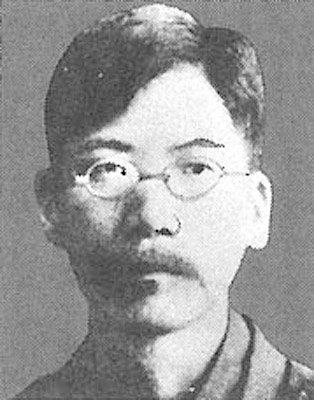
Futabei mentioned Piłsudski in his memoirs titled Rokoku bungaku danpen (Short talks on Russian literature) and in the book Bundan-o keisei suru (Warning to the literary elites). Among other things, he wrote:
He was in exile in Siberia. Now he is about forty years old, but has not yet gained a position for himself. He came to Tokyo because his goal in life was a task to defend the Ainu people. But the Japanese society met him with such coldness that he felt impatience. He is not wealthy, often has an empty wallet, dresses modestly, and eats cheaply and poorly. Nevertheless, he believes that defending such a poor nation is a necessity. From the point of view of the general public, it looks absurd, but his innocent and serious attitude awakens sympathy.
Futabatei brought Piłsudski to meetings with Ōkuma Shigenobu (whom he had previously seen at the charity concert in February), Itagaki Taisuke, Shimada Saburō, Iwamoto Yoshiharu, and others.
Taisuke Itagaki
Itagaki was a prominent figure in Japanese politics from as early as the Meiji coup d’état; he made great contributions to the establishment of Japan’s first constitution and founded the Jiyū Minken Undō Movement for Freedom and Civil Rights, which evolved into the first liberal party Jiyūtō.
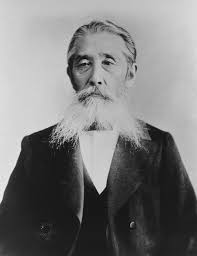
Saburō Shimada
He was another important Japanese political figure, a financier, senior official at the Ministry of Education, and later a member of the parliament and the Ōkuma Shigenobu’s party; for a while, he managed a daily newspaper in Yokohama and later also in Tokyo. Along with Ōkuma, Shimada was one the founders of the Waseda University. He supported the trade union movement and defended those harmed in the environmental disaster at the Ashio Dōzan copper mine.
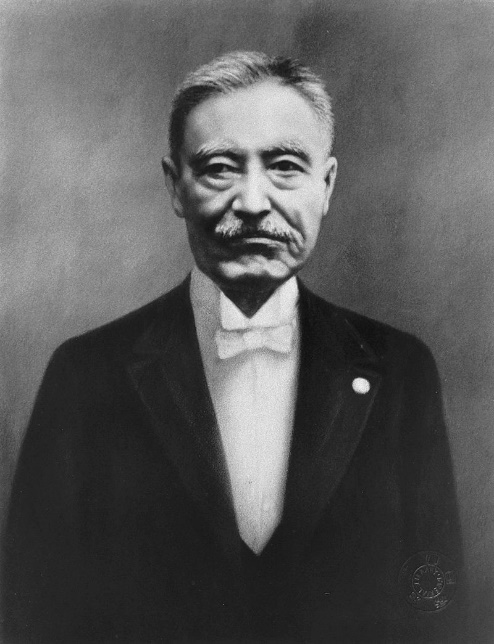
Photo from the collection of the Parliamentary Library
Yoshiharu Iwamoto
Yoshiharu Iwamoto was a person of great merit to the movement for women’s education. He founded the magazine “Jogaku zasshi” (Women’s Education) and worked to increase the role of women in the society, writing various articles and teaching at the school he founded.
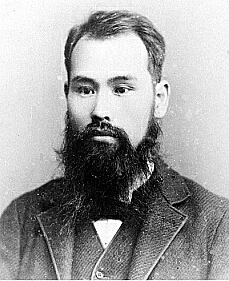
Later, however, Futabatei stepped away from Russian activists, finding them ineffective, too focused on internal discussions, and completely impractical. He was disappointed in them and demonstrated it openly. Piłsudski was aware of this and understood the changing attitude to the cause pursued by the emigrants. Nevertheless, relations between them remained friendly.
When Piłsudski informed Futabatei of his decision to finally leave Japan, they decided to take a commemorative photo. Around 18 June 1906, they went to a photo studio in the university district Hongō and had their picture taken in Nakaguro’s studio.
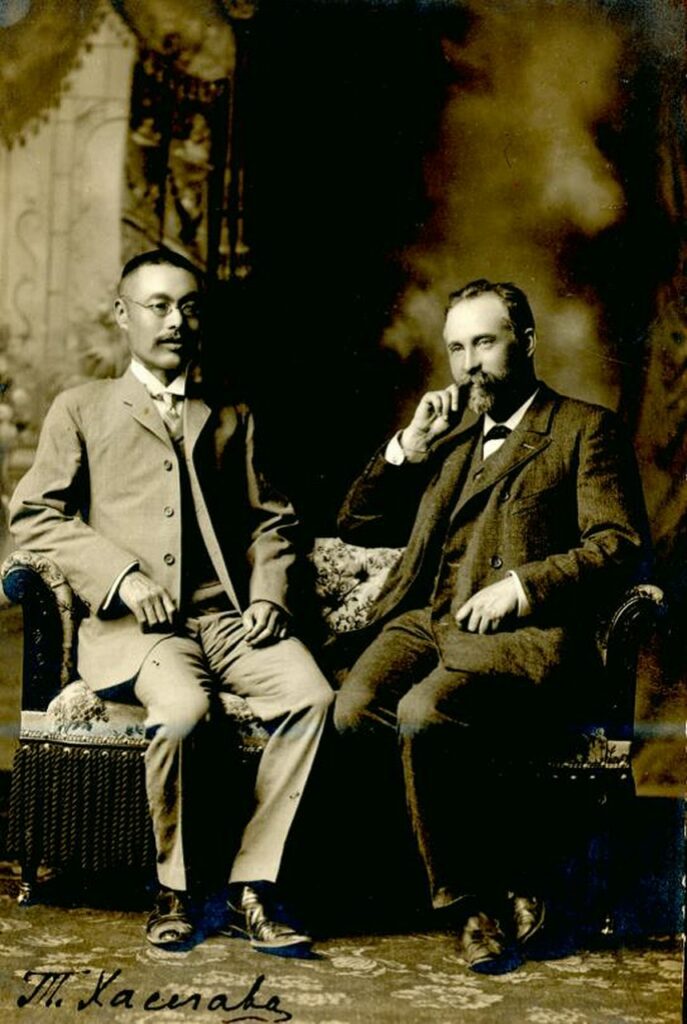
Photo from the collection of the National Archives in Kraków; record group [Bronisław Piłsudski], ref. no. 29/645/0/-/435.
However, the most important work of these two friends – Shimei Futabatei and Bronisław Piłsudski – for the Polish-Japanese relations was the establishment of the first ever Polish-Japanese Society.
In July, Bronisław Piłsudski moved to Nagasaki and stayed for a few weeks with Chikatomo Shiga who worked as a secretary at the Russian consulate, in his house located in the Inasa district, at the foot of the mountain of the same name. Now, the city park is located there.
On 30 July, on the ship “Dakota” he sailed from the port of Nagasaki toward the United States of America. On the ship, he worked on several texts and prepared for meetings.

